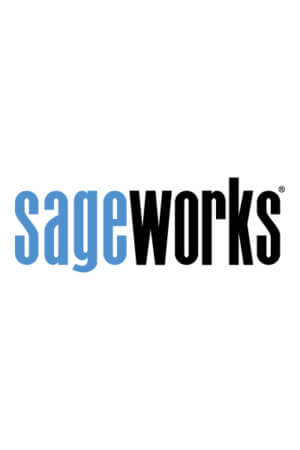The program does require that borrowers meet a minimum credit-score threshold, provide documentation showing income and job status and buy private mortgage insurance as added steps to mitigate risk.
The National Association of Home Builders (NAHB) Chairman Kevin Kelly applauds the new programs in a recent statement:
“NAHB commends Fannie Mae and Freddie Mac for instituting new loan guidelines that will allow creditworthy borrowers to obtain mortgages with a downpayment of 3 percent. One of the biggest obstacles to achieving homeownership is the ability to come up with a downpayment. By reducing upfront cash requirements while establishing tough but fair underwriting guidelines that include a number of safeguards, Fannie and Freddie will open the door to homeownership for more American families, particularly first-time home buyers and younger households.”
While the objective is undoubtedly a positive step for borrowers needing access to capital, there are some concerns that the new LTV for these loans introduces additional risk for lenders who underwrite the loans. Should the borrower default on the loan with only 3 percent paid down, it is more likely or possible that the bank will fail to recoup the full amount - a problem that became all-too-real for banks during the financial crisis.
For institutions that choose to lend with these standards, there are additional steps the institution can take to strengthen risk management practices. Alongside the lower down payment, lenders can increase documentation requirements (for example, verification of income) as a precaution and perform additional stress tests to contingently plan for capital in the event of a downturn.
Stress testing the portfolio won’t prevent the risk that comes with this standard of lending, but it can help the institution plan for it. For more information on stress testing, download the whitepaper: Stress Testing: The Who, What, When and Why.



